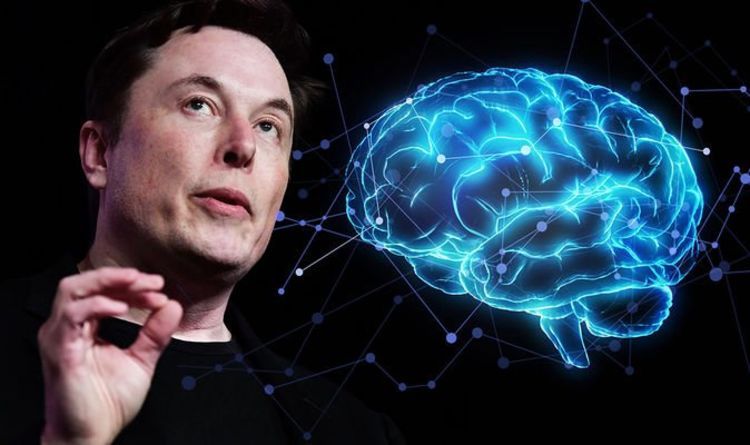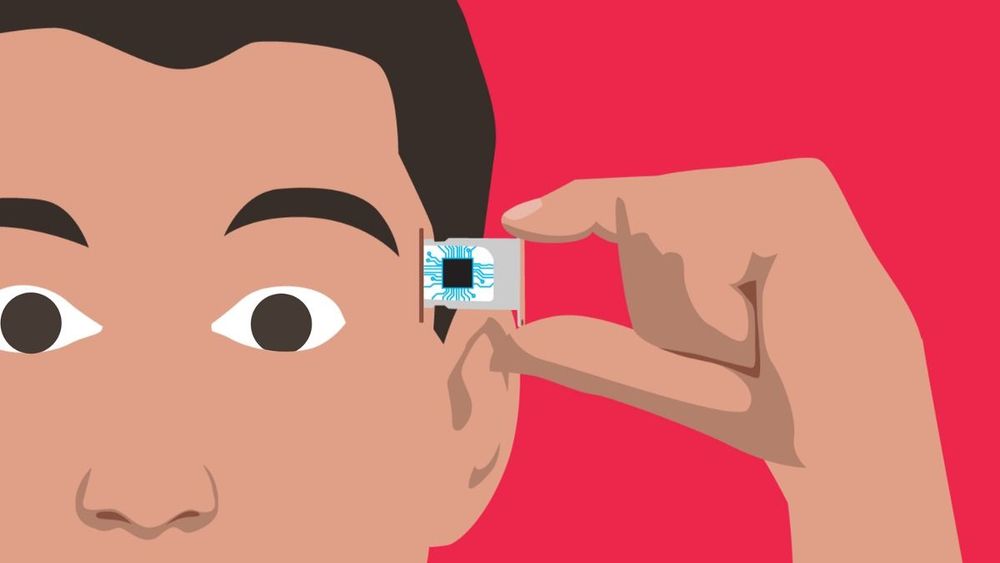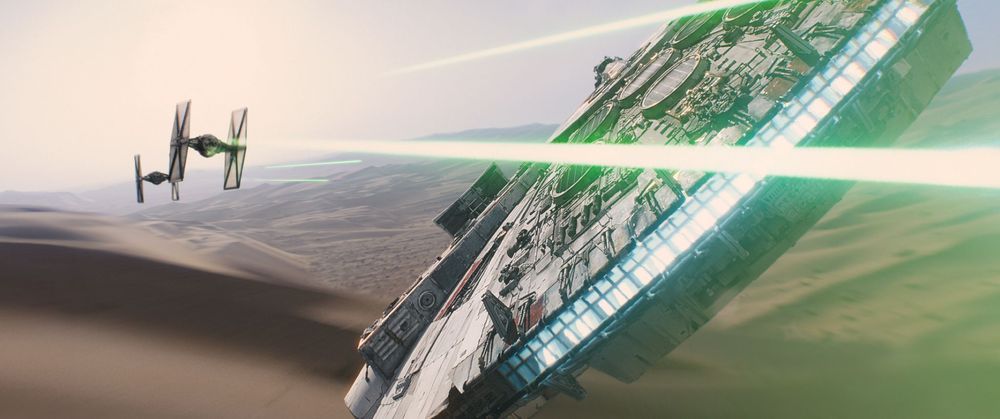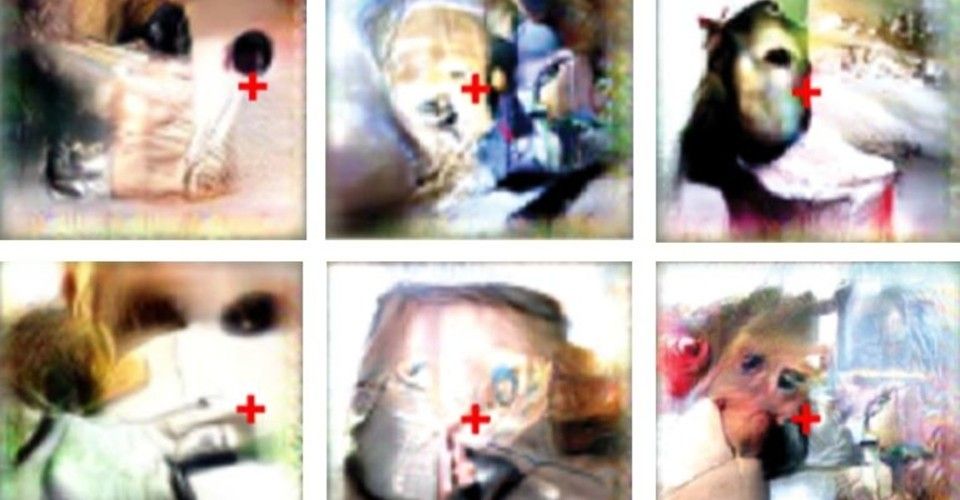Artificial intelligence is a powerful tool. It has become so sophisticated that it can create artificial voices that sound like real voices. It is being used in many ways today to create audio for products, digital assistants and more.


Neuroscience, computer vision collaborate to better understand visual information processing PITTSBURGH—Neuroscientists and computer vision scientists say a new dataset of unprecedented size — comprising brain scans of four volunteers who each viewed 5,000 images — will help researchers better understand how the brain processes images. Researchers at Carnegie Mellon University and Fordham University, reporting today in the journal Scientific Data, said acquiring functional magnetic resonance imaging (fMRI) scans at this scale presented unique challenges. Each volunteer participated in 20 or more hours of MRI scanning, challenging both their perseverance and the experimenters’ ability to coordinate across scanning sessions. The extreme.
While the International Space Station was traveling over the north Atlantic Ocean, astronauts David Saint-Jacques of the Canadian Space Agency and Nick Hague of NASA grappled Dragon at 7:01 a.m. EDT using the space station’s robotic arm Canadarm2. go.nasa.gov/2WmNrki





#StarWarsDay #StarWars #StarWarsCelebration #NASA #MayThe4thBeWithYou
Space Screening, ‘TIE’-ins, Tatooine and The Droids You’re Looking For
NASA astronauts “use the force” every time they launch … from a certain point of view. We have real-world droids and ion engines. We’ve seen dual-sun planets like Tatooine and a moon that eerily resembles the Death Star. And with all the excitement around the premiere of Star Wars: The Force Awakens, the Force will soon be felt 250 miles above Earth on the International Space Station. Disney is sending up the new film so the astronauts can watch in orbit, and the station’s commander, Scott Kelly, can hardly wait:
If you’re looking to be a “sky walker” yourself someday, NASA is now taking astronaut applications and we’re offering a list of Star Wars-related reasons you should apply. Recently returned station astronaut Kjell Lindgren is such a fan that he posed with his station crewmates in a Jedi-themed mission poster and talked to StarWars.com about it. Shortly before leaving the station, Lindgren tweeted about the uncanny resemblance of the station’s cupola to the cockpit of an Imperial TIE Fighter:

So why not ask the neurons what they want to see?
Read: The human remembering machine
That was the idea behind XDREAM, an algorithm dreamed up by a Harvard student named Will Xiao. Sets of those gray, formless images, 40 in all, were shown to watching monkeys, and the algorithm tweaked and shuffled those that provoked the strongest responses in chosen neurons to create a new generation of pics. Xiao had previously trained XDREAM using 1.4 million real-world photos so that it would generate synthetic images with the properties of natural ones. Over 250 such generations, the synthetic images became more and more effective, until they were exciting their target neurons far more intensely than any natural image. “It was exciting to finally let a cell tell us what it’s encoding instead of having to guess,” says Ponce, who is now at Washington University in St. Louis.